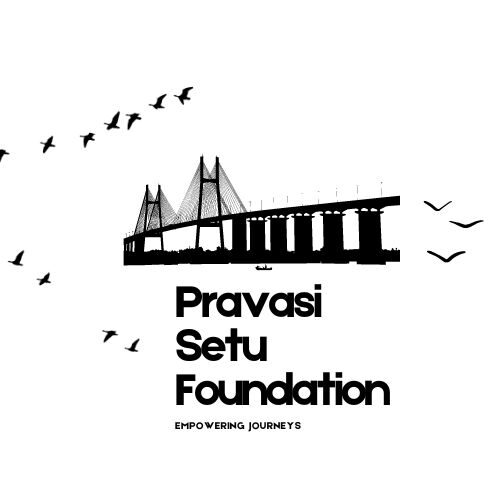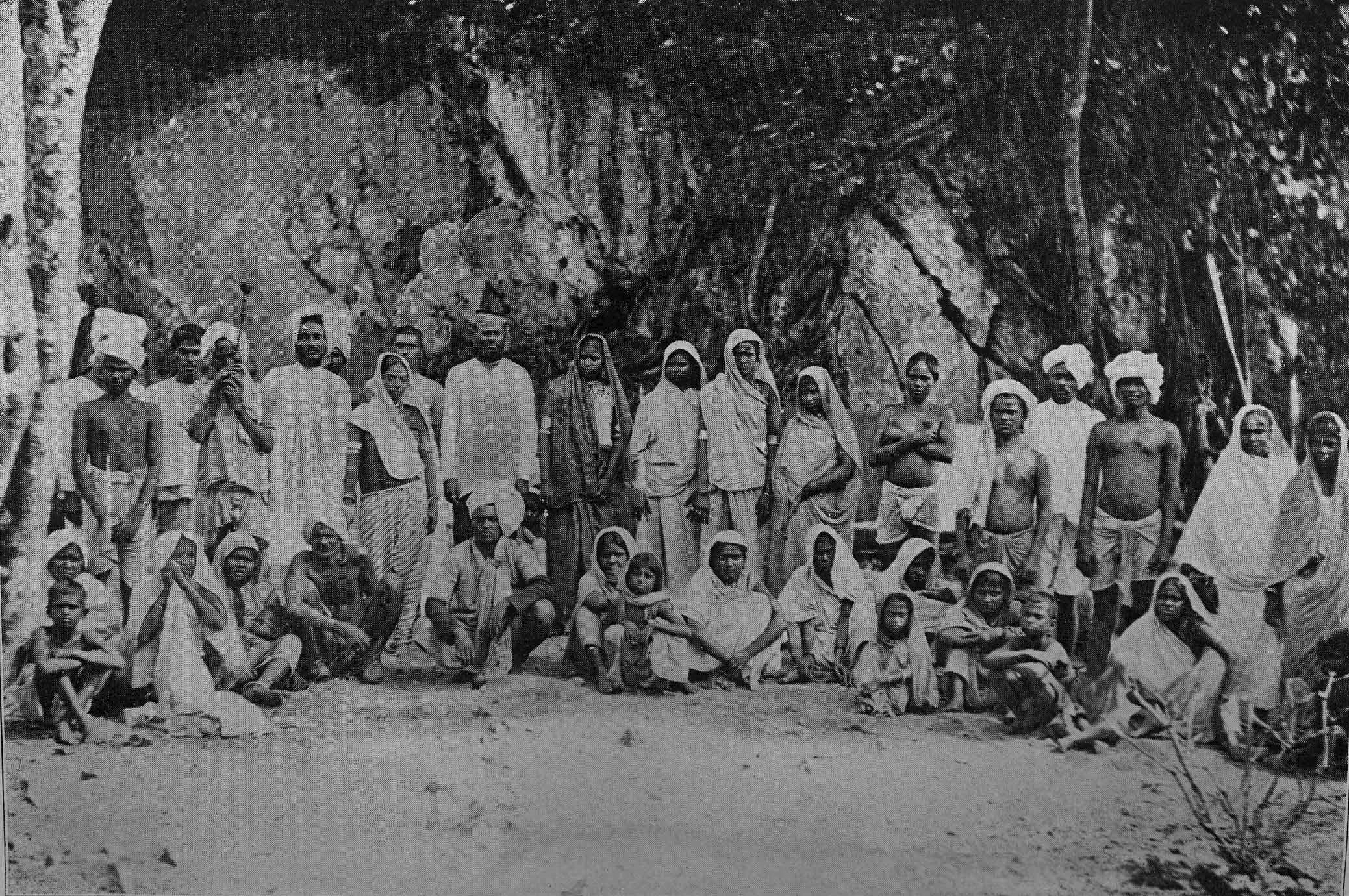Guyana, demographically and politically, is grounded in an Indian presence. Imported initially as indentured labour to replace freed African slaves on imperial sugar plantations, the grandchildren and great-grandchildren of these new settlers, known collectively as Indo-Guyanese, have helped define Guyana’s economy, politics, religion and culture amidst a post-imperial racial nationalism.
Between 1838 and 1917, the British colonial authorities and private planters in the Caribbean recruited workers from India to labour on sugar estates under fixed contracts and an indenture system of registration. Together, recruitment, voyage, and settlement generated a peculiar social formation in which families and caste markers were reconstituted under the pressures of life on plantations and in which cultural practices were adjusted to different environments. When the system closed, a total of some 238,909 Indian arrivals were received as immigrants in British Guiana, drastically changing the colony’s labour and social composition.[1]
Indo-Guyanese are ethnic Guyanese people who trace their ancestry to South Asia. According to the final compilation of results from the 2012 national census, an estimated 297,493 persons, or about 39.8 per cent of the country’s population, identified themselves as East Indian. Still, this figure has fluctuated over decennial censuses because of differential fertility, migration patterns and variations in self-identification.[2] From the 20th century, however, Indo-Guyanese settled in the urban trades as well as professional occupations and commerce, historically centred on coastal plantations and rural districts (notably rice and sugar). Indo-Guyanese also migrated into towns. These changes reveal the impact of a mix of climate and long-term economic mobility, as well as broader political shifts regarding land tenure, credit access and public-sector representation, which still largely determine intra-communal differences.[3]
Analysts say politics in Guyana historically has been fought along ethnic lines, with the People’s Progressive Party (PPP) traditionally claiming overwhelming backing from Indo-Guyanese groups, whereas rivals mopped up most Afro-Guyanese votes. The PPP, established in 1950, was an essential conduit for Indo-Guyanese political expression even as it sought multi-ethnic coalitions and socialist change.[4] So, ethnicization of party politics has led to a cycle of electoral competition and state appointments along communal lines, with involvement in power struggle through representation again having the adverse effect of continued political exclusion and creating seeds for a divisive cycle. The finding and the rapid mobilisation of offshore oil since 2015 have brought new economic resources and players, challenging existing clientelist arrangements and inviting questions on who benefits from resource rents along ethnically delineated constituencies.[5]
This is characterised by an ability to retain elements of culture in Indo-Guyanese popular culture and social life. Hindu and Muslim institutions: temples, mosques; priests, imams; the milieu of rites of passage, charitable networks and festival cultures which have become identified with these two traditions at a national level. Public celebrations are critical public events, and they include: Phagwa (Holi), Diwali (Deepavali), both of which circulate widely in Guyanese civic life, serve as key markers for Guyana heritage and stand as cherished moments that recognise the Indian cultural ethos of a significant portion of the population.[6] Linguistically, both historically and presently, the lexicon of English and Guyanese Creole has predominated over other North Indian dialects (most importantly Bhojpuri and Awadhi) that early migrants originally brought to Guyana; however, ancestral languages have only survived through primary oral folklore, rituals, stories and songs.[7]
The contributions of Indo-Guyanese to Guyana’s nationhood are well-documented. In economic terms, descendants of indentured workers remade the face of agriculture (notably rice) and smallholder commerce; in cultural terms, cuisine, music, and religious festivals now enliven Guyana’s national repertoire; politically, Indo-Guyanese leaders and parties have played significant roles in constitutional debates and governance. Regionally, there is a kin and cultural connection with those Indo-Caribbean communities in Trinidad and Suriname. And increasingly, ties are sustained with India through burgeoning diplomacy, development assistance, and diaspora engagements. In doing so, both local cultural vitality and larger Indo-Caribbean solidarities are being strengthened by these transnational linkages.[8]
Yet the story is not unequivocally cheery. The politicisation of morality continues to be a significant challenge for the modern state, where votes and patronage are decided on communal affiliations, and policy-making becomes even more prone to incoherence and exclusion. In addition, the patterns of outmigration only exacerbate demographic and fiscal pressures caused by highly skilled youth seeking opportunities abroad, even while remittances contribute to household welfare and transnational solidarity. The recent oil boom brings development opportunities but also threatens to exacerbate what is an already full-blown case of the “rentier syndrome” and greater competition over resource rents in the absence of strong institutions with inclusive distribution mechanisms.[9]
In other words, the Indo-Guyanese experience is paradigmatic of the extended migration from coerced and contracted labour to diasporic citizenship. The cultural resilience, economic entrepreneurship, and political mobilisation in that area have been central to Guyana’s trajectory towards modernity. Recognising this trajectory entails sustained consideration of colonial legacies, as well as the political economy and transnational networks that condition identity, belonging, and visions of plural national life.
[1] “East Indian Immigration (1838–1917),” Guyana Chronicle, May 5, 2014 (reporting colonial arrivals to British Guiana as 238,909).
[2] Guyana Bureau of Statistics, Final 2012 Census Compendium 2: Population Composition (Georgetown: Bureau of Statistics, 2013), 2.1.1.
[3] Walton Look Lai, Indentured Labour, Caribbean Sugar: Chinese and Indian Migrants to the British West Indies, 1838–1917 (Baltimore: Johns Hopkins University Press, 1993); Maria Kaladeen, Colonial Writing on Indentured East Indians in British Guiana, 1838–1917 (PhD diss., Royal Holloway, University of London, 2013).
[4] See People’s Progressive Party/Civic, historical overview; Cheddi Jagan, PPP founder (see jagan.org biography).
[5] U.S. Energy Information Administration, “Guyana Becomes Key Contributor to Global Crude Oil Supply Growth,” and ExxonMobil, “Guyana Project Overview” (on Liza discovery and subsequent developments).
[6] National Today, “Indian Arrival Day in Guyana” and country holiday listings (Diwali/Phagwah celebrations).
[7] See ethnographic literature on language maintenance among Indo-Caribbean communities (Look Lai; Clem Seecharan).
[8] On Indo-Caribbean networks and India–Caribbean diplomacy, see recent diplomatic coverage and bilateral outreach materials.
[9] World Bank and World Bank Open Data on migration and remittances; commentary on oil rents and governance risks.



Leave a Reply